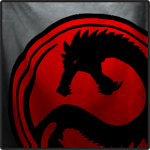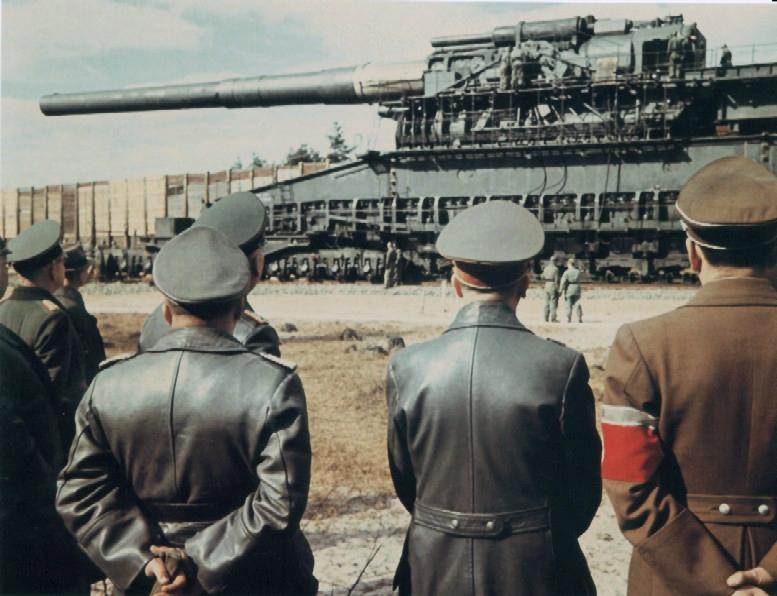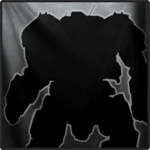And the PPC and AC/10 would crit the merkava assuming they can do the 7 points of damage correct? Then why would the merkava not simply engage outside the range in which the PPC and AC/10 can do 7 points of damage? Their AC/5 has a better range after all even if they do less than 5 points of damage and they both are the same speed, being a tank they can just simply continue moving away while firing.
MWLL and other BT games basically creates a clear and stark picture that at what BT describes, they r wayyyy off the knockers.
Essentially what happens in MWLL and other Mechwarrior games was that since both party still aims manually, the tanks had an obvious advantage with their lower and smaller profile (something we already know from common sense, but BT never understood) and in most range duel, this stark difference makes the battlemechs a heck a lot easier to hit.
and naturally, with the kind of armament in BT, aircrafts were DECIMATING the battlemechs to pieces and were untouchable from the ground because they simply juke in and out of the maximum range of weapons while dropping bombs and missiles.
These are the kind of things that the BT creators essentially do not have a picture of when they wrote the lore etc... but quickly crop up when the rules and stats they devised are put into a game where line of sight, profile, height, speed, etc... ACTUALLY mattered on their effectiveness instead of governed by a DICE on how likely they are to hit etc..
 Kyone Akashi, on 02 June 2013 - 10:30 AM, said:
Kyone Akashi, on 02 June 2013 - 10:30 AM, said:
- The shell is shattered, pieces of which carrying a fracture of the kinetic energy as they and broken parts of the plating are deflected to the sides, with some pieces also penetrating further inward (where they are stopped by the second layer)
This creates an anomaly because if some pieces actually penetrates further inward then logically this means that specific area of the armor is already breached in the outer layer as that's the only way the fragments can go through.
Any subsequent hit to this location would've just punched straight to the second layer and likely beyond.
 Kyone Akashi, on 02 June 2013 - 10:30 AM, said:
Kyone Akashi, on 02 June 2013 - 10:30 AM, said:
- A large part of kinetic energy is directed onto the armor plate, but instead of travelling inward, the nature of construction redirects another portion to the sides (the two outer layers of BattleMech armor are semi-flexible and thus may work like human skin - I'm sorry, I did not find a better visual representation in short time
If it works like human skin being semi-flexible then why on earth do they not use better ballistic profile for the shells to penetrate it?
This also contradict the idea that the armor is hard and brittle as it's the opposite of being flexible
If we assume that only the outer layer is hard and brittle, while the second layer is flexible then the moment the outer layer shattered, any intact projectile would slice right through the second layer like butter..
Which means any Capped Armor Piercing shell (APCBC as they are commonly known back in WW2, yep this kind of construction was known since that long ago) type of shell design would just PULVERIZE this armor outright since the cap would shatter the outer layer, and the actual armor piercing penetrator would just punch through the flexible second layer.
 Kyone Akashi, on 02 June 2013 - 10:30 AM, said:
Kyone Akashi, on 02 June 2013 - 10:30 AM, said:
??? the silk is intended to expedite removal of the arrow, the outer layer of BT armor assuming it's supposed to shatter incoming ordnance would have what exactly in common with it??? One doesn't exactly stops the projectile, only allows it to be removed more easily, the other destroys the projectile structure and creates a whole mess of fragments that went through (assuming they r using solid single cast projectile like WW1) Honestly they sound more like the opposite of each other.
 Kyone Akashi, on 02 June 2013 - 10:30 AM, said:
Kyone Akashi, on 02 June 2013 - 10:30 AM, said:
This one plausible somewhat though it then begs the question, that if they have materials to make the armor, then it doesn't make sense that they'd make a projectile made of even less structurally sound material
it's like making an armor out of steel, and projectile out of wood... not particularly sensible.
The other problem is that they made the mistake of using low mass value for most battlemech etc and the weapons. This creates a paradox in that based on these values, we know how much energy roughly a mech punching another mech for example would create or a melee weapon etc...
The value basically are unrealistically low that it makes it difficult to comprehend why shells with similar energy value cannot shatter the armor layer when they both carry the same kinetic energy.
Edited by Melcyna, 02 June 2013 - 08:29 PM.





























